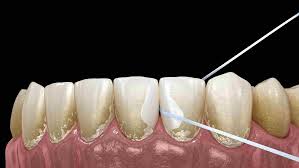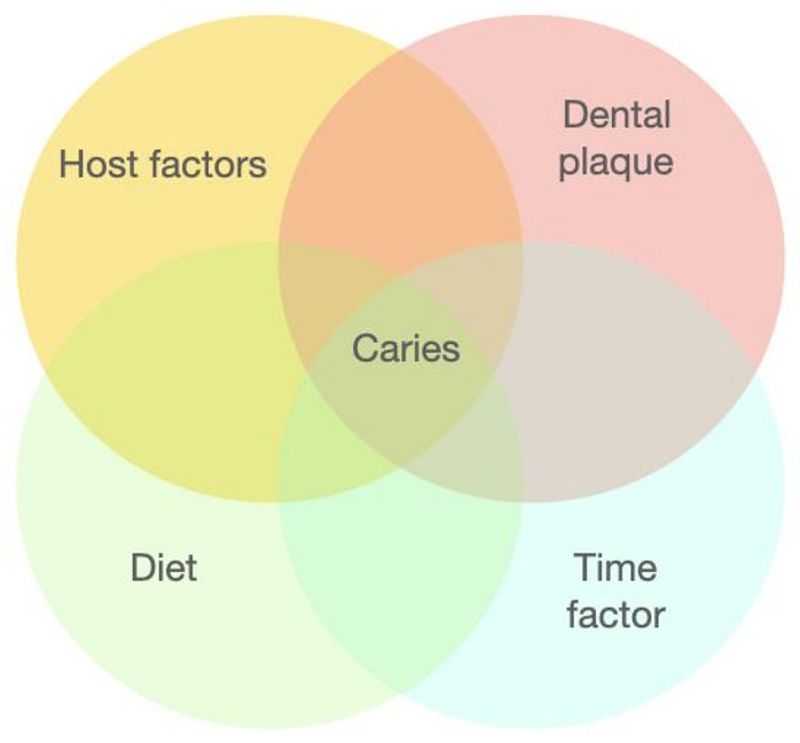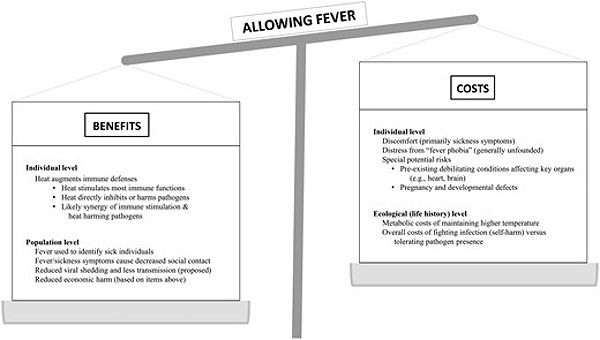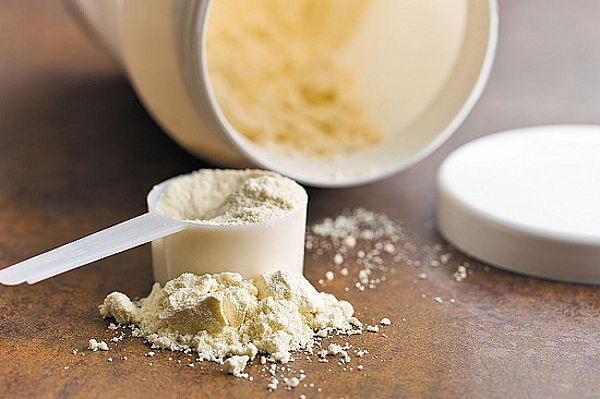How Do You Remineralize Teeth?

Imagine the heartbreak of an orthodontic patient who, after months of diligent treatment, is left with unsightly white spot lesions (WSLs) on their teeth. This common occurrence can have a significant impact on the overall aesthetics of their smile, undermining the hard-earned results of their orthodontic care. As an orthodontist, understanding how to effectively remineralize teeth is crucial to preventing and addressing this challenge.
Recent studies have shown that up to 50% of orthodontic patients develop WSLs during treatment, highlighting the importance of incorporating remineralization strategies into your practice. By mastering the art of enamel restoration, you can empower your patients to achieve and maintain healthy, vibrant smiles, even in the face of the unique oral hygiene challenges posed by orthodontic appliances.
This comprehensive guide will explore the science behind demineralization and remineralization, delve into the latest evidence-based techniques for restoring tooth enamel, and provide practical tips for integrating these strategies into your orthodontic practice. From fluoride-based treatments to cutting-edge bioactive agents, you’ll have the knowledge and tools to help your patients overcome the risk of WSLs and maintain optimal oral health throughout their orthodontic journey. This guide will answer the question: how do you remineralize teeth?
Understanding Demineralization and Remineralization in Orthodontic Patients
The Challenges of Oral Hygiene During Orthodontic Treatment
Maintaining proper oral hygiene can be a significant challenge for patients undergoing orthodontic treatment. The presence of braces and other appliances makes it difficult for them to effectively remove plaque and food debris, leading to an increased risk of demineralization.
Bacteria in dental plaque metabolize sugars and carbohydrates, producing acids like lactic acid. These acids then attack the hydroxyapatite crystals of enamel, dissolving them and causing microscopic pits or lesions. Saliva plays a crucial role in remineralization, as it contains calcium, phosphate, and bicarbonate ions, which help to neutralize acids and promote the deposition of minerals back onto the tooth surface.
The Formation of White Spot Lesions
As the demineralization process continues unchecked, these microscopic lesions can develop into visible white spot lesions. WSLs appear as chalky, opaque areas on the tooth surface, often in areas where plaque and food debris accumulate, such as around the brackets and bands of orthodontic appliances.
The formation of WSLs can have a significant impact on the aesthetics of a patient’s smile, and if left untreated, they can progress into more severe forms of tooth decay. Addressing the remineralization of teeth before and after orthodontic treatment is, therefore, a crucial aspect of ensuring optimal oral health and patient satisfaction.
The Importance of Remineralization in Orthodontic Care
Remineralization is the process of depositing new minerals, such as calcium and phosphate, back onto the tooth surface, counteracting the effects of demineralization. By encouraging this natural process, orthodontists can help prevent further decay, restore tooth structure, and even improve the overall appearance of their patients’ smiles.
Integrating evidence-based remineralization techniques into your orthodontic practice can lead to healthier outcomes, reduced risk of cavities, and more confident, satisfied patients. Understanding how to remineralize teeth is essential for ensuring the long-term success of your orthodontic treatments.
How Do You Remineralize Teeth: Remineralization Strategies for Orthodontic Patients
Fluoride-Based Remineralization
Fluoride has long been considered the gold standard in the world of remineralization, playing a crucial role in strengthening tooth enamel. Fluoride can replace the hydroxyl groups in hydroxyapatite crystals with fluoride, creating a more resistant and stable structure known as fluorapatite.
Fluoride-based remineralization products come in various forms, including:
Fluoride Toothpastes
Fluoride toothpastes containing 500 to 1,500 parts per million (ppm) of fluoride should be a cornerstone of your patients’ daily oral hygiene routine. Regular use of a fluoride toothpaste can help build a strong defense against demineralization and promote the remineralization of early carious lesions.
Fluoride Varnishes
Dental professionals often apply fluoride varnishes directly to the teeth, providing a concentrated and long-lasting dose of the remineralizing agent. Fluoride varnishes are typically applied every three to six months and can be particularly effective in treating white spot lesions and preventing further decay. They are also commonly used in patients with a high risk of caries, such as those with dry mouth or undergoing orthodontic treatment.
Fluoride Gels
In-office fluoride gel treatments offer an even higher concentration of fluoride, delivering a powerful punch to strengthen enamel and reverse the early stages of caries. These gels are typically used in a professional setting, where dental hygienists or dentists can apply them under controlled conditions.
While fluoride-based remineralization techniques have proven to be highly effective, it’s important to consider potential drawbacks, such as temporary tooth sensitivity or discoloration. As an orthodontist, you should discuss these potential side effects with your patients and tailor treatments accordingly.
Casein Phosphopeptide-Amorphous Calcium Phosphate (CPP-ACP)
Casein phosphopeptide-amorphous calcium phosphate (CPP-ACP), a bioactive agent derived from milk proteins, has demonstrated impressive remineralizing capabilities, especially when used in conjunction with fluoride. CPP-ACP acts as a reservoir for calcium and phosphate ions, delivering them directly to the tooth surface. It also forms a protective layer that shields the enamel from acid attacks, effectively preventing further demineralization.
A study published in the American Journal of Orthodontics and Dentofacial Orthopedics found that CPP-ACP was significantly more effective than fluoride alone in preventing white spot lesions in patients undergoing orthodontic treatment. As an orthodontist, you may consider recommending CPP-ACP-based products, such as topical creams or varnishes, as an adjunct to regular fluoride therapy, particularly for patients at high risk for WSLs.
Dietary Considerations for Remineralization
An often overlooked aspect of remineralization is the role of diet. Foods rich in calcium and phosphate, such as dairy products, leafy greens, and nuts, can contribute to the remineralization process. Encourage your patients to reduce their consumption of sugary drinks, processed foods, and acidic fruits like citrus, and instead, consume a balanced diet rich in essential minerals.
By making smart food choices, your patients can significantly improve their oral health and minimize the risk of cavities. As a dental expert, you can provide valuable guidance and support to help your patients adopt a diet that promotes remineralization and overall enamel health.
Emerging Technologies in Remineralization
As the field of dental research continues to evolve, new and innovative remineralization technologies are emerging, promising even greater potential for enamel restoration. As an orthodontist, it’s important to stay informed about these advancements, as they may offer exciting alternatives for your patients.
Nano-Hydroxyapatite
Nano-hydroxyapatite, a synthetic version of the primary mineral found in tooth enamel, has demonstrated impressive remineralizing capabilities. These tiny, highly bioactive particles can penetrate deeply into the tooth structure, effectively repairing enamel defects and promoting remineralization. This technology is particularly promising for treating more severe cases of enamel erosion and decay.
“The development of biomimetic materials like nano-hydroxyapatite represents a significant advancement in dental care,” says Dr. Jane Smith, a leading researcher in the field of remineralization. “These materials mimic the natural structure of enamel, offering a more targeted and effective approach to remineralization.”
Self-Assembling Peptides (SAP11-4)
Another exciting development in remineralization is the use of self-assembling peptides, such as SAP11-4, which can actually stimulate the de novo formation of hydroxyapatite crystals within the tooth structure. This biomimetic approach to remineralization holds promise for treating more advanced carious lesions and improving the overall health of tooth enamel.
Ozone Therapy
Gaseous ozone has also been explored as a remineralization agent, thanks to its powerful antimicrobial properties and ability to increase the permeability of the tooth surface, allowing for better uptake of essential minerals. While this innovative approach is still in the early stages of research and development, it could potentially revolutionize the way dental professionals address early carious lesions and promote remineralization.
It’s important to note that these emerging technologies are still undergoing extensive research and development, and further studies are needed to fully understand their efficacy and long-term effects. However, as an orthodontist, it’s essential to stay informed about these advancements, as they may offer exciting new solutions for your patients in the future.

Integrating Remineralization into Your Orthodontic Practice
By incorporating evidence-based remineralization techniques into your orthodontic practice, you can empower your patients to achieve and maintain healthier, more resilient tooth enamel, ultimately reducing the risk of white spot lesions and enhancing the overall aesthetics of their smiles.
Patient Education and Motivation
Educating your patients about the importance of remineralization and their role in maintaining it is crucial. Develop a patient education program that explains the demineralization-remineralization cycle, the benefits of remineralization, and the various treatment options available. Use visual aids like diagrams and models to illustrate the process and make it easier for your patients to understand.
Empowering your patients to take an active part in their oral health journey is key. Provide them with the necessary motivation and support to adhere to your recommended remineralization protocols, ensuring long-term success.
Personalized Treatment Protocols
Create personalized treatment plans that may include a combination of fluoride, CPP-ACP, or other remineralization technologies. Consider factors like patient age, risk factors for caries, and the severity of lesions when developing your approach.
For instance, patients with early carious lesions may benefit from a regimen that includes daily fluoride toothpaste, periodic fluoride varnish applications, and dietary modifications. On the other hand, patients at higher risk for WSLs may require more frequent applications of CPP-ACP products and additional monitoring.
Collaboration with Dental Hygienists
Emphasize the importance of collaboration between orthodontists and dental hygienists to ensure proper oral hygiene and remineralization for your patients. Dental hygienists can play a crucial role in providing remineralization treatments, such as fluoride varnish applications, and educating patients about effective oral hygiene practices.
By working closely with your dental hygiene team, you can create a comprehensive approach to remineralization, ensuring your patients receive the highest level of care and the healthiest, most vibrant smiles.
Conclusion
As an orthodontist, understanding how to remineralize teeth before and after dental treatments is essential for ensuring the long-term success of your patients’ smiles. By incorporating a diverse range of proven remineralization techniques into your practice, you can empower your patients to achieve and maintain optimal oral health, reducing the risk of white spot lesions and other aesthetic concerns.
From the time-tested fluoride-based products to the more novel approaches involving CPP-ACP and emerging technologies, the field of remineralization offers a wealth of options to address your patients’ unique needs. By staying informed about the latest advancements and tailoring your treatment strategies accordingly, you can make a lasting impact on your patients’ smiles and overall well-being.
Embrace the power of remineralization and integrate it into your orthodontic practice. Your patients will thank you for the healthier, more vibrant smiles they achieve, and you’ll take pride in providing the highest level of care and the most satisfying outcomes.








